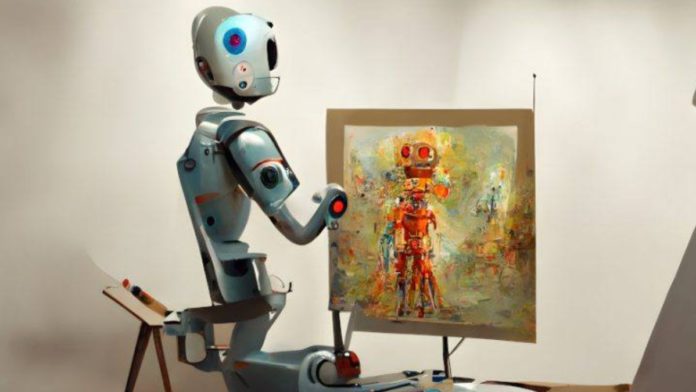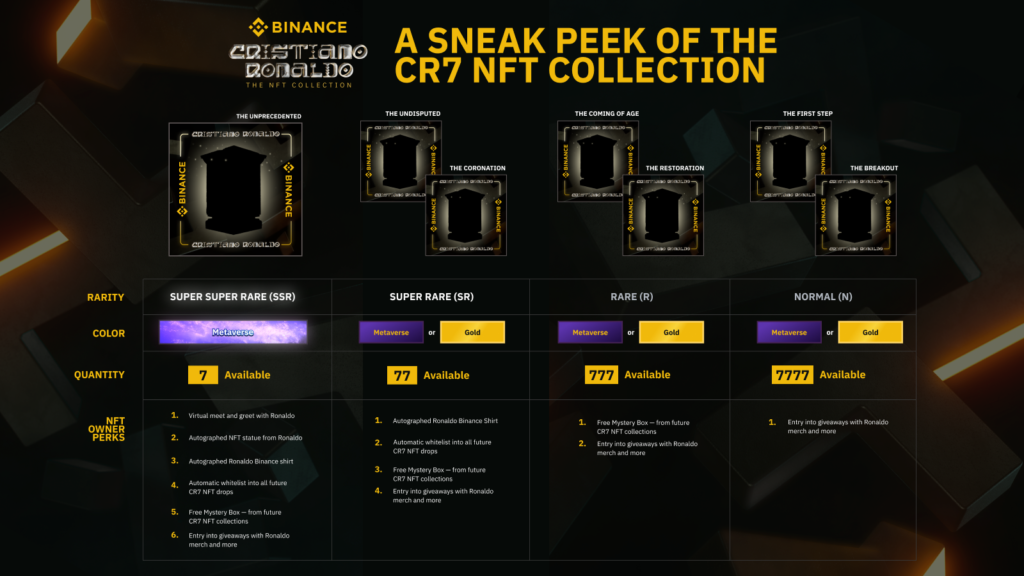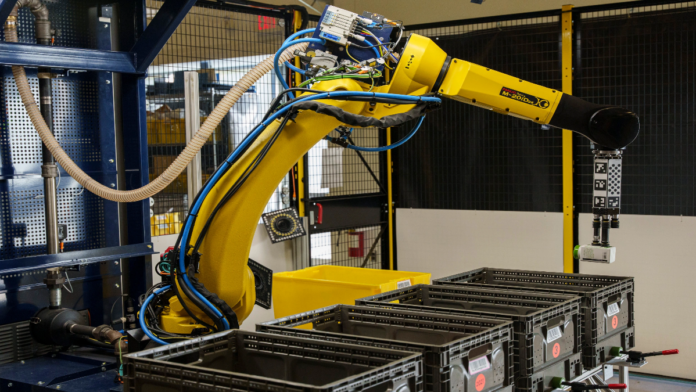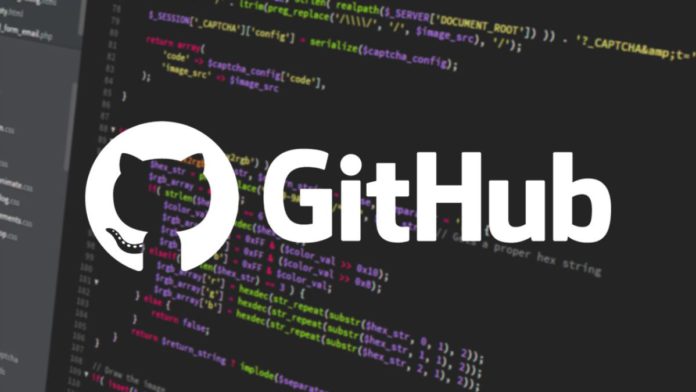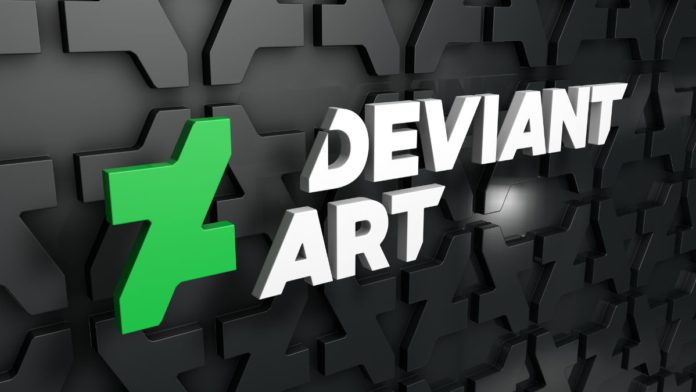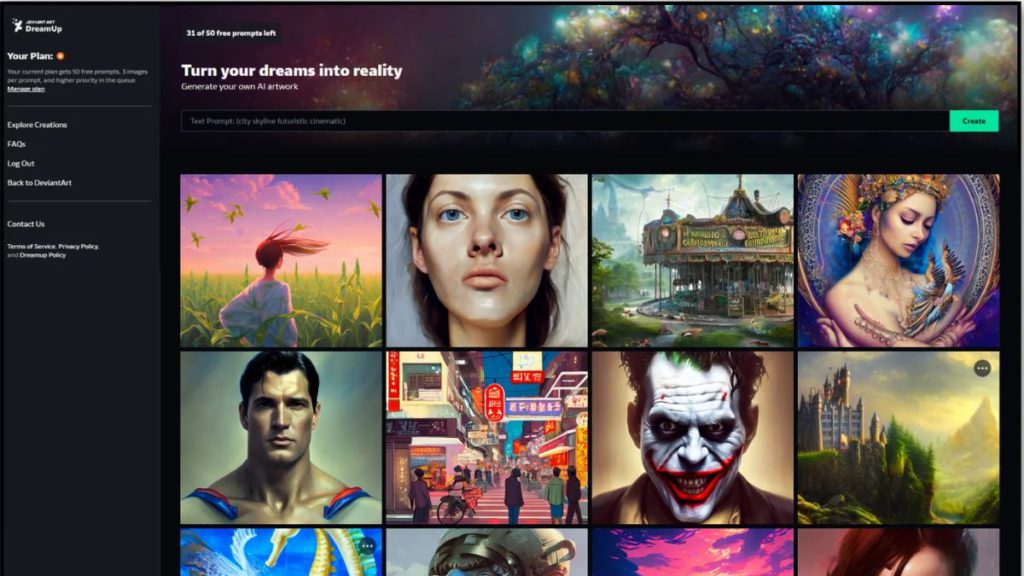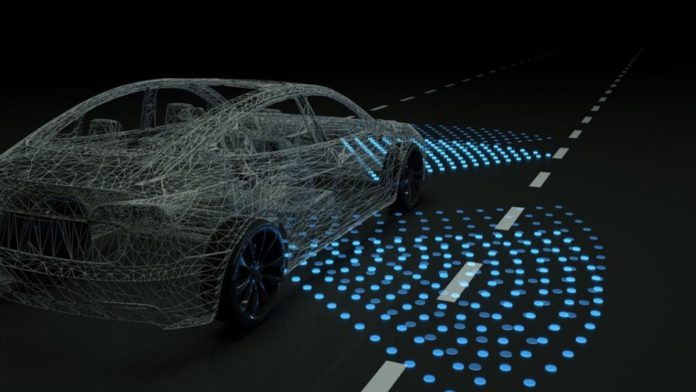In September, a former programmer and artist living in New York named Kris Kashtanova announced on their Instagram profile that Zarya of the Dawn, an AI-generated graphic book, has been registered for U.S. copyright. It was recognized as the first work produced utilizing AI-art generators to earn such recognition from the U.S. Copyright Office, noting that other creators had previously failed to achieve this milestone.
In the same month, Getty Images removed AI-generated artwork from its platform, including pictures created by OpenAI’s DALL-E, Midjourney, and Meta AI’s Make-A-Scene. Getty claims that the decision was made due to concerns that the application of copyright rules to images produced using such technologies is still up in the air.
Most recently, DeviantArt announced its own AI generator, DreamUp, while offering users option to disallow art-generating AI systems from using their artwork without their consent. However, it immediately faced backlash from users because to opt out, users had to submit a form that would take days to process.
The copyright issue is not unwarranted, as AI image/art generators sample publically available visuals while creating new visuals and using them as training data for their algorithms. The outcomes are frequently ones that are protected by copyright laws. Apart from the ethical and legal ramifications of co-creating art with AI, people have raised concerns in light of recent AI advancements. The increasing use of AI to create magazine covers, posters, and logos, for example, raises the worrisome question of whether AI will someday replace artists.
Despite the backlash among original artists and photographers, the judiciary has not made any comment about the possible violation of regional copyright laws. Meanwhile, some artists wonder if AI will foster or stifle creativity because, for instance, copyright regulations in the US and the EU do not expressly include AI-generated work.
A flourishing industry has grown as artists experiment with the potential of computer programming backed by AI. In recent months, AI-generated artworks have won top prizes in digital art contests and bagged the highest prices at auctions. This may seem unfair as artists take years to perfect their craft, and AI achieves that by a ‘prompt.’
Apart from digital theft, there is the need to define ‘digital creator,’ especially when it is probable that future legal disputes will undoubtedly rely on the extremely vague definition of whether a person makes creative decisions can be deemed as the creator. It is also challenging to pinpoint the original creator of an AI artwork due to the process of creation of the artwork. The first step in creating an AI-generated artwork is writing an algorithm which is done by a team of coders. Next, an individual (AI artist) offers some input data or prompt, following which AI autonomously produces the result or ‘original’ work. The majority of the copyright laws in place encourage authentic original work. This is so because their primary motive was to encourage both the economy and creative endeavors.
For example, a person may not be considered the owner of AI artwork if they only generate art by offering a generic textual prompt like “SpongeBob SquarePants in the medieval era.” However, it might be acceptable to claim authorship if someone takes a very precise prompt or an inspired idea, produces a large number of artworks, and makes further adjustments. The reason for the latter’s uncertainty is that the unpleasant reality of this market is that haste is sometimes prioritized over quality, thus, a flawless AI-generated image might meet many objectives.
Interestingly, in cases when an ‘original’ AI-generated work of art is not copyrighted and it is in the public domain, anybody can reproduce, distribute, use it commercially, or sell it to others. The residual impact might be to dissuade original artists from producing creative works of art.
Many media-based businesses view this as another avenue of profit since it makes it possible to quickly create products based on deceptively copyright-free artworks instead of designing an original piece for weeks. As a result, such companies may not feel the necessity to pay the artist for original artwork or visuals, the former can enter a few prompts or visual data into the system and get similar results in a matter of seconds.
Although AI picture generators don’t feel hesitant about stealing content from visual artists without their knowledge, the key distinction is how inclusion is defined. For instance, the AI model may no longer use the dataset even if it was trained on it and redistributed. It means that it’s no longer there if you can’t see inside and immediately extract a picture. Stability AI is a partially British corporation whose image dataset was created by the German non-profit LAION. Germany also has a Text and Data Mining exemption similar to the one the UK has, making LAION’s existence legitimate. Would that suggest that copyrighted images and artwork can be scraped legally?
The above-mentioned instances, highlight another ethical blackhole: can use of data for training such models also violate copyright laws. The research group behind DALL-E, OpenAI, claims to have developed the program by web scraping and analyzing millions of annotated images, although the information is private. There are generative AI tools like Stability AI, which depend on already publicly available visuals on Pinterest, Shutterstock, and more.
Web scraping of images has been a hot topic since ClearView AI scrapped billions of social media photos. However, if AI technologies are essentially reproducing artworks after accessing their creative expression to find patterns in the pictures and descriptions, and the ‘new’ artworks cannot be traced back to the original creation via reverse image search, is it still illegal?
Although the Ninth Circuit earlier this year reiterated that scraping openly accessible data from online sources does not violate the Computer Fraud and Abuse Act, or CFAA, which regulates what qualifies as computer hacking under U.S. law. Nevertheless, a court has not yet ruled on whether the data ingestion stage of an AI training exercise counts as fair use under American copyright law.
The historic decision by the U.S. Ninth Circuit of Appeals was the result of a prolonged legal dispute filed by LinkedIn to block a competitor organization from web scraping users’ public profiles for personal information. The case was heard by the United States Supreme Court last year, but it was sent to the Ninth Circuit for the original appeals court to re-hear the appeal.
Regardless of whether you consider AI-generated artworks to be original works of art or to be stylistically inspired and plagiaristic, they reside in a perplexing legal gray area that no regulatory agency has yet to resolve.


